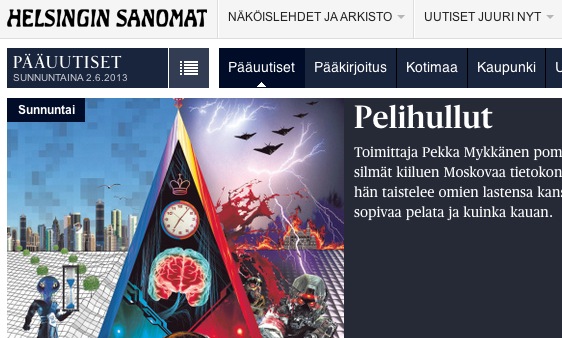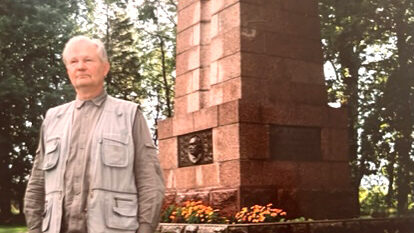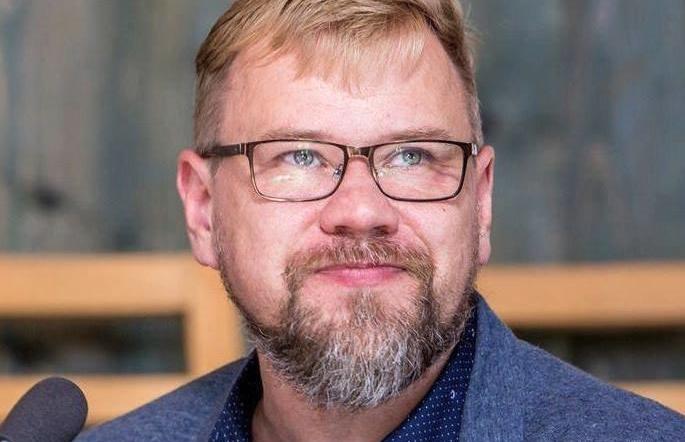Estonian newspapers carried 266 articles about Finland in one half year, while Finnish newspapers published 216. Finland was thus covered by 20% more articles in Estonia, than Estonia in Finland.
The methodology may be criticized, amongst other reasons for limiting their content analysis to Postimees, Eesti Päevaleht, Helsingin Sanomat and Aamuleht, and Finnish YLE1 and MTV3 TV channels. But experts say that the general trend probably won't be much different if numerous other media outlets are included.
In a breakdown of Estonian topics in opinion pieces or feature stories in Finnish papers, 53 targeted culture, 37 economics, 36 politics, 33 criminality and 15 tourism. In strictly news items 28 focused on crime, 19 on economics, and 18 on politics.
The Estonians newspapers carried 66 pieces on economics, 60 on culture, 36 on politics, 32 on sport and 25 on crime. In news articles crime placed second to economics with 18 stories.
It's interesting to note that while Estonian newspapers devoted 32 articles to Finnish sport, Finland published only five during the same period.
Within the cultural theme, Estonian-Finnish author Sofi Oksanen got the most attention, both in Estonian as well as Finnish papers. Finnish papers devoted space also to conductor Olari Elts and the Tampere dance festival. Estonian minister of culture Rein Lang got negative treatment for a plan to replace the printed book with e-books.
On the economy Finnish newspapers gave recognition to the positive reputation Estonia has garnered internationally for its prudent budgetary policy and handled with diligent neutrality the public furour that Estonian electricity price rise has caused. A negative tone was prevalent in Finnish articles about the Estonian workforce there and its unfair advantage on the labour market. The Finnish economic sector was viewed by Estonian newspapers mainly through Estonian-associated topics. They covered Estonians employed in Finland, the influence of the Finnish economic activity on Estonia such as pollution in the Baltic Sea, airlines, the impact of the Finnish economy in general etc.
Day-to-day political coverage of Estonia in Finland included the Reform party's money scandals, cyber-defence, alcohol sales policy and the free public transport decision of Tallinn which was seen as anti-tourist.
In crime reportage Estonians were featured in the killing of just born twin infants, criminal motorcycle gangs, narcotics couriering, prostitution and auto theft.
The survey and analysis was led by Päivi Tirkkonen of Tallinn University who was assisted by the Estonian embassy's press official in Helsinki, Maarika Saarna-Siiman and communications studies post-graduates. Tirkkonen observed that media coverage of each other is quite similar in content and focus. But while both sides cover economics and culture, Estonians place economics in first spot while Finns concentrate most on culture when writing about each other.
The Estonian public sometimes complains that Finnish newspaper coverage of Estonia often accentuates the negative. Tirkkonen referring to a 2011 study of 717 articles in 29 Finnish newspapers states that the tone is generally neutral even when the subject matter dealt with a problem in Estonia. The most positive approach was in articles about Estonian culture in which cultural events and associated personalities were covered. Articles with a negative tone usually covered the economy, but even these were 80% positively or neutrally handled.
Journalist Erkki Bahovski in a different, subjective commentary on Estonian and Finnish media has observed that media in both countries has played a subtle but influential reciprocal role with viewers and readership across the bay in forming opinions and attitudes. Barhovski reminds us that Finnish TV was a definite determinant in helping to mold Estonia's image as a “uniquely authentic European outpost” within a depressingly stifling Soviet Bloc. Certainly Estonians didn't remain “unaffected” by uncensored Finnish TV news, commentary and the seeming free-wheeling glitz of Western culture.
As a parallel phenomenon Barhovski suggests that Finnish media still retains some residual hangover from the Soviet period. Finland was then seen as an overly cautious neighbor of the USSR, nervous about upsetting an unpredictable and possibly aggressive totalitarian super-power. Barhovski states that often Finns get unadorned news about Russia through the Estonian media, that the Finnish media uses as the news source. He offers the example of ex-prime minister Paavo Lipponen assuming a position with Nord Stream, a German-Russian consortium that has built an underwater gas pipeline from Russia to Germany. The project prompted vehement protests from the Baltic States, Poland and others. The mega- project was compared to the secret Molotov-Ribbentrop Pact of 1939 between the Soviet Union and Nazi Germany that pre-determined the invasion of the Baltic States, Poland and Finland – in other words an act of international treachery. The Lipponen case and its accompanying negative commentary did not originate from Finnish but rather Estonian media. Barhovski was convinced that Finnish politicians would never offer any negative comment on the topic for fear of upsetting Moscow. The protests caused predictable furour in the Kremlin. Bahovski has presented other examples of the reluctance of Finnish media to irritate Russian sensitivities. While one must bear in mind that Bahovski's conclusions are subjective, not based on empirical evidence, his observations nevertheless cannot be dismissed off hand. Bahovski sees the situation as an interesting reversal of Estonian-Finnish media roles between then and now.
Unquestionably, Estonia's recognized success in developing its free market economy, democratic institutions and an entrepreneurial climate that encourages innovation is greatly due to Finland's substantial contribution to the process. A significant part of Finland's workforce, ranging from professional to menial labour consists of Estonians. Thus the total of 482 articles mentioned in the first study above seem to be a paltry number for two countries whose history and people geo-political destiny are so closely paired. Perhaps the two communities have long settled into a joint comfort zone in which “we've-seen-it, we've-done-it” is the standard.
Laas Leivat




